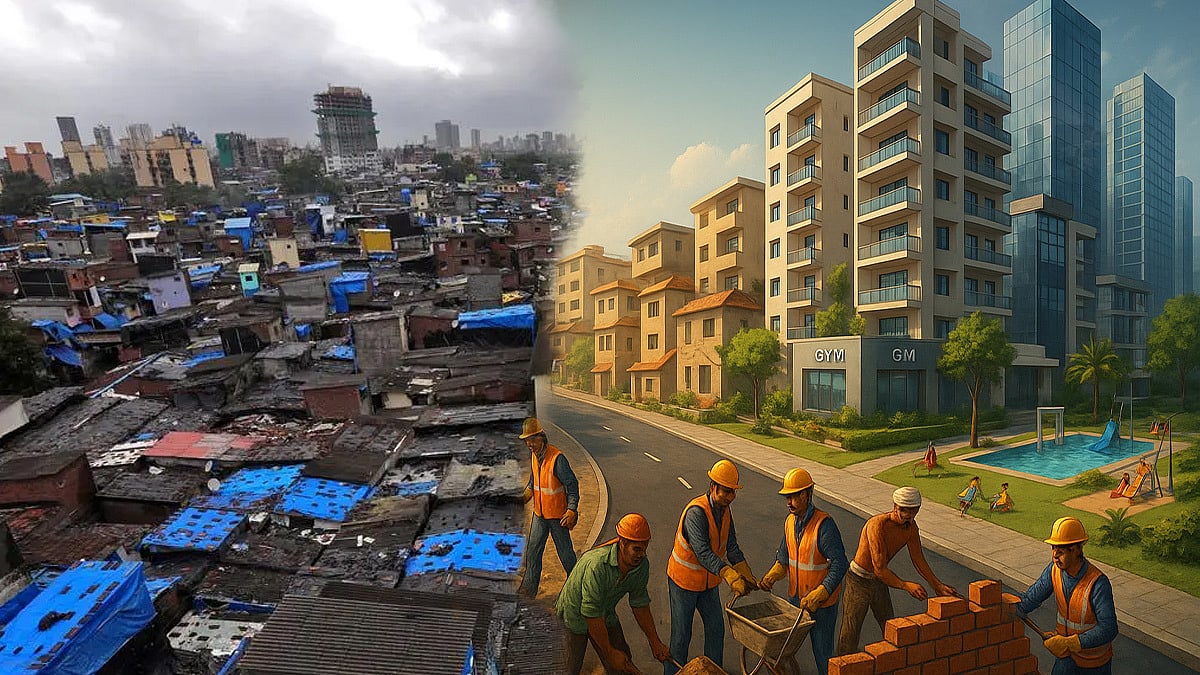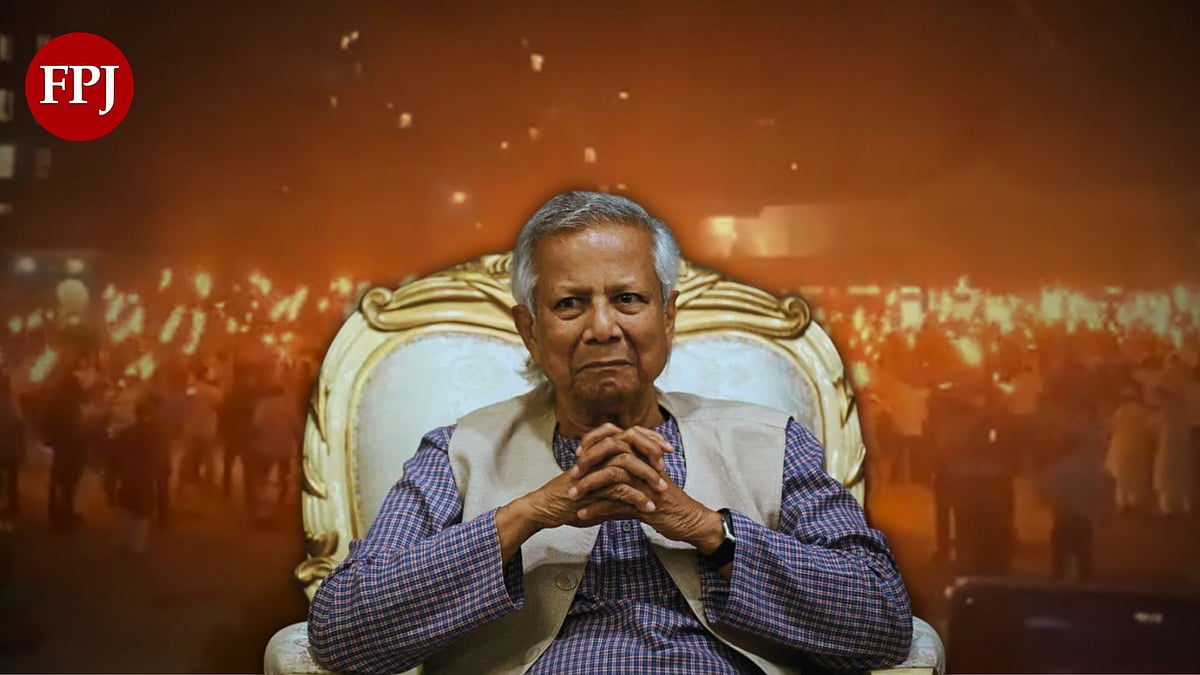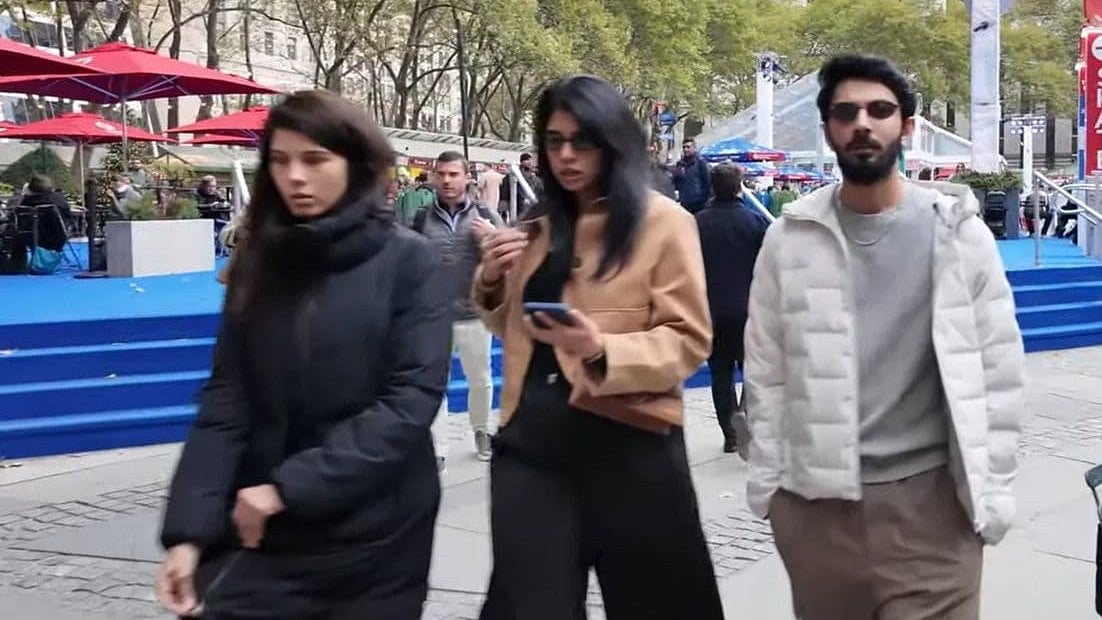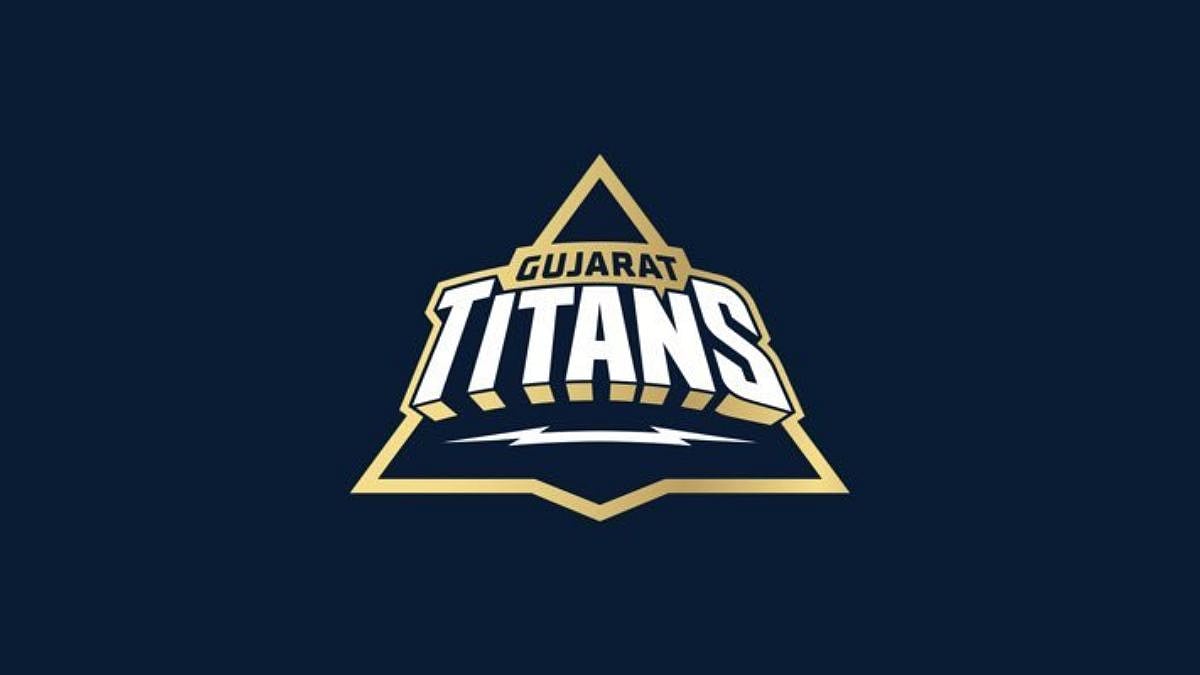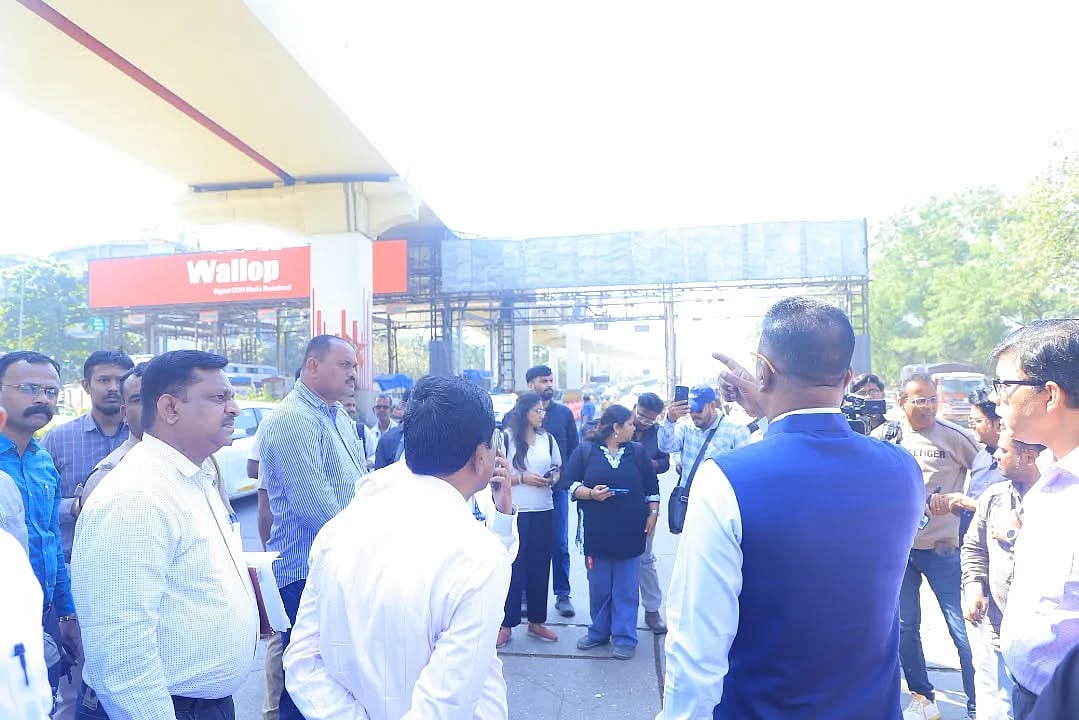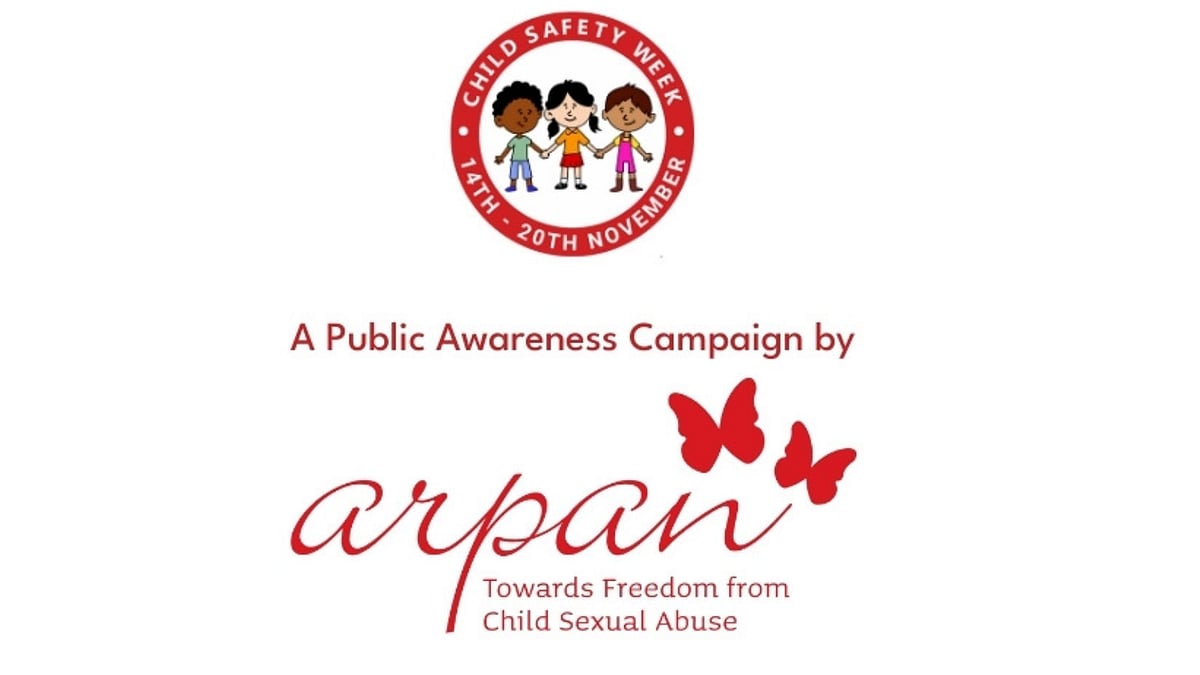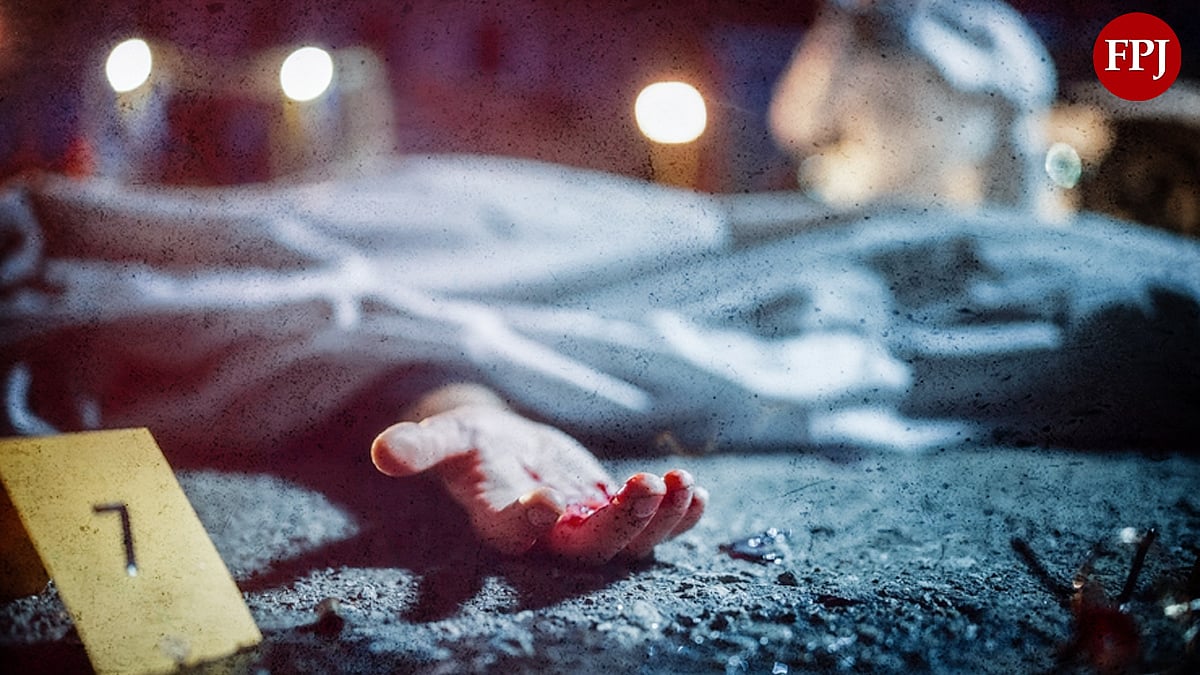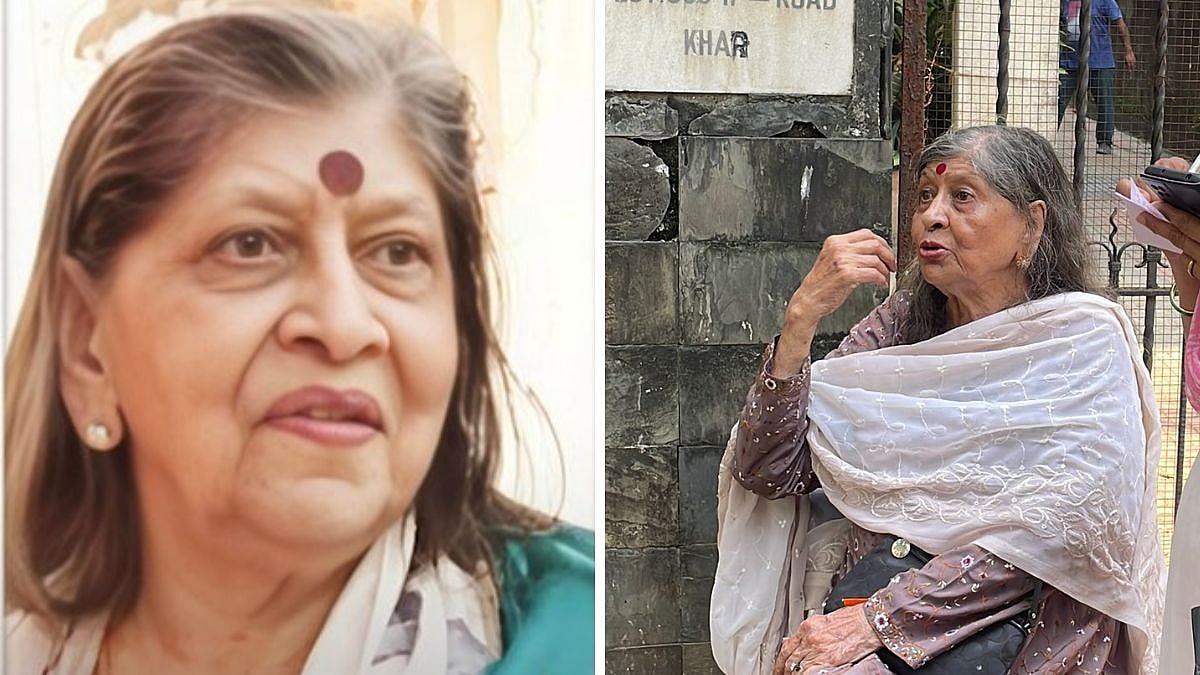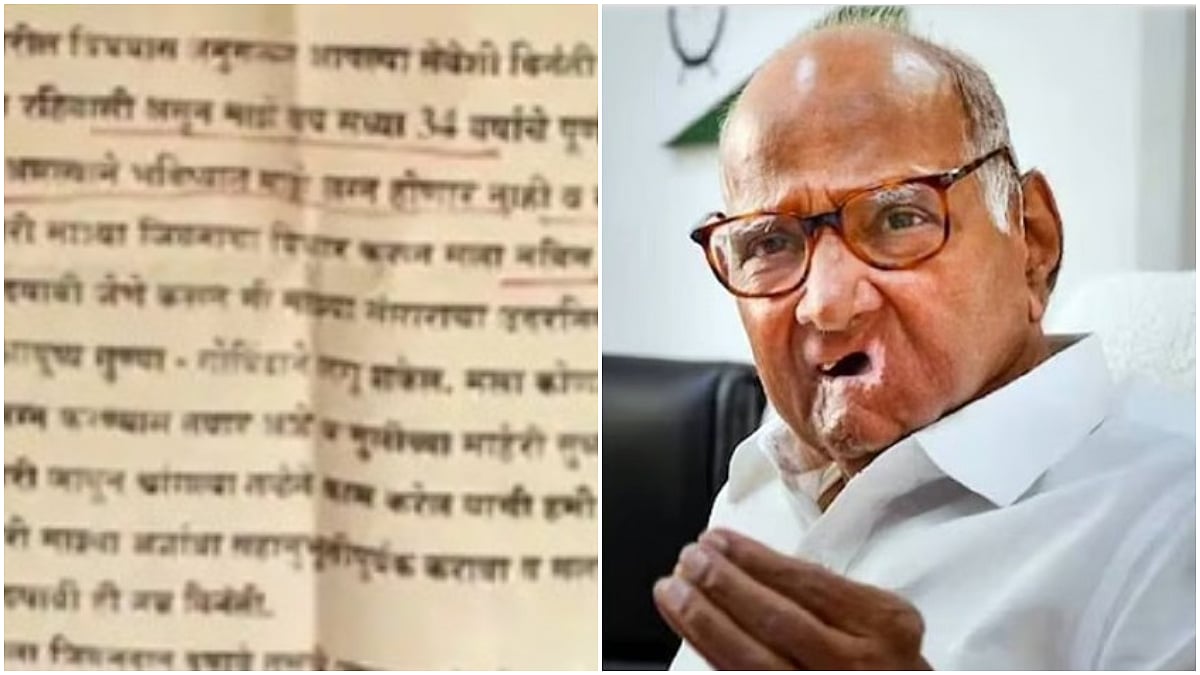SVR SRINIVAS, the CEO of Dharavi Redevelopment Project, speaks to The Free Press Journal's Editor S BALAKRISHNAN about the super-gigantic mission. Explaining how everyone’s home and livelihood will remain intact, he says Dharavi is ‘Mini India’ and every faith and language will be respected without bulldozing the residents
The Dharavi Redevelopment Project (DRP) is the biggest urban renewal programme ever undertaken in the country. For the past several decades, there have been talks of redeveloping Asia’s largest slum, but this is the first time a concrete project, which is being jointly executed by the Maharashtra government and the Adani Group, has taken off the drawing stage, holding hope for lakhs of residents.
The sheer numbers are mind boggling. About 50% of the one million population might be eligible to be accommodated in Dharavi itself, while the remaining ineligible people will have to be relocated at different places in the metropolis. The total estimated cost is Rs96,000 crore and the project is to be executed over a period of seven years. The man at the centre of it all is SVR SRINIVAS, 59, a seasoned IAS officer of the 1991 batch, who is the CEO of DRP. He spoke exclusively to S BALAKRISHNAN on Wednesday.

Excerpts:
When you took charge of the Dharavi project, what were the three main challenges you had in mind?
The first challenge was on-boarding the people, the residents of Dharavi. A project of this scale cannot happen without their involvement. Our approach is totally inclusive. So, the first step was to bring all the stakeholders together.
The second challenge was preparing a proper framework to attract market response. You see, this project had seen multiple failed bidding rounds in the past. It had earned the dubious distinction of being the world’s longestrunning bid process; going on for nearly 20 years!
The third challenge was to ensure livelihoods in Dharavi are protected. That required proper financial structuring, which was missing earlier.
So, to sum up:
■ Stakeholder integration
■ Financial structuring
■ Ensuring project viability and financial closure
This has been the longest-drawn project since the days of Rajiv Gandhi in 1985. What makes you confident it will succeed this time?
Let me answer in two ways. First, we’ve already seen half-success. Well begun is half done, they say. Work has started. Financial mobilisation has begun. India’s largest survey was conducted; we’ve finished about 85-90% of it. Survey work started today in Kumbharwada. So yes, it’s definitely moving forward, unlike earlier attempts.
Second, the stakeholders are onboarded now. There is still some resistance, but it is far less than before. Earlier, during the bidding stage, protests used to break out. Now, it’s more of a dialogue. The locals want to be heard, and our job is to listen and offer solutions. That’s what’s happening now.
The opposition has accused the government of “selling out” the project and displacing people. Please comment.

Not at all. In fact, I don’t even call this a ‘project’; it’s a movement. This is the most inclusive slum redevelopment scheme in Indian history. Our goal is simple: housing for all. For the first time, we’re giving homes to everyone – eligible or ineligible. Shops, factories, and commercial units are also being rehabilitated.
Normally, in Mumbai’s schemes, 50% are marked ineligible and left out. But here, even they are being accommodated. I won’t comment on politics, but yes, this is a brownfield project like no other. I’ve handled Mumbai Metro and other big projects, but nothing as complex as this. Also, this is the world’s largest urban renewal project.
What about livelihoods and the economy of Dharavi?
That’s central. Dharavi has a bubbling informal economy. We’re protecting it. Eligible residents will stay in Dharavi – homes, shops, businesses – all remain. Ineligible residents’ commercial units will also remain; they’ll only move residences outside, but their work continues in Dharavi. We had to go out-of-the-box for this – even suggested this to the chief minister, and he supported it.
So, ineligible people get to keep their business in Dharavi but move out for housing?
Yes. Due to legal constraints and court rulings, we cannot keep extending cutoff dates for eligibility. It would jeopardise the project’s viability. So, ineligible commercial operators can stay and run businesses in Dharavi, but their homes will be in rental housing nearby; with an option to buy. Eligible families get 350 sq ft homes in Dharavi. In some non-slum sectors, we’re even increasing units to 500 sq ft.
What about infrastructure – roads, sewage, water?
That’s part of our 3-tier focus:
■ Residential/Commercial/Industrial housing
■ Physical Infrastructure: Roads, sewage, water, electricity
■ Social Infrastructure: Schools, hospitals, community centres, temples, mosques, churches etc.
Today, Dharavi has 2-3 ft wide lanes, limited sunlight, and poor sanitation. We’re changing all that. The Special Purpose Vehicle (SPV) is responsible for all construction, infrastructure, and handover to the Dharavi Redevelopment Authority.

Who bears the maintenance cost of these new buildings?
Great question. Usually, developers give Rs40,000 per tenement as a corpus. We felt that’s not enough. So, we introduced a new idea: 10% of every building’s area will be set aside as commercial units. Rent or sale income from this will go to the society for maintenance.
It’s a win-win situation. This is the first time such a model is being implemented. Ineligible people will be accommodated in rental housing units in Kurla, Malad and Mulund with buyout options. So no one is rendered homeless.
What about religious structures?
There will be no bulldozing. Whether it’s a temple, mosque, or church; we respect all faiths. A committee led by retired High Court judges is handling rehabilitation of religious structures and their staff. Dharavi is Mini India; every faith and every language exists here. We aim to consolidate and rebuild grand structures, with community consensus.
When will Phase I be complete?
The goal is seven years. Mumbai’s average slum project takes 15-20 years. But we can’t say ‘you’ll get your home in 25 years’. As John Maynard Keynes said, “In the long run, we’re all dead.” So, 7 years is a practical target. Maybe a year or two of delay, but I’m reasonably confident.
How important is communication in this process?
Extremely important. I recently met people from Kumbharwada and Andolan groups – many weren’t aware of the commercial continuity assurance. That shows we need more communication. This interview itself is part of that effort – to inform people.
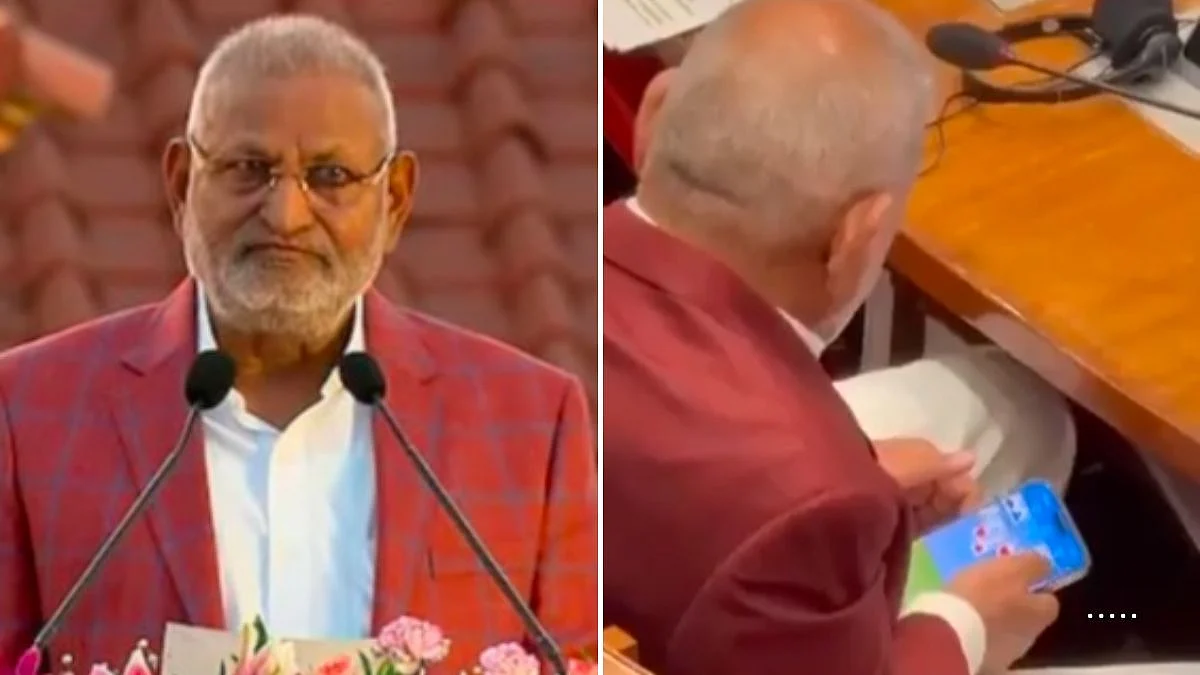
Dharavi’s informal economy generates nearly $1 billion annually – leather, textiles, food, recycling, and electronics. But they’ve been trapped in a lowinvestment cycle due to uncertainty. This project offers permanence, which unlocks confidence, investments, and growth. Our master plan includes dedicated industrial hubs. So yes, it’s a social engineering and economic upliftment project. We’re working hard to make this vision a reality.
Strong resident response as survey nears completion
Toll-free helpline registers 300 calls in past 30 days for eligibility survey
As the survey phase of the Dharavi Redevelopment Project (DRP) comes to an end, a significant number of residents, who had earlier missed or had not participated, are calling the project’s toll-free helpline for inclusion.
Out of 700 calls received in the past month, nearly 41% enquiries were related to requests to complete the door-to-door/ household survey, a crucial step in the redevelopment process to decide eligibility. This response highlights the palpable anxiety among residents about missing out on the redevelopment scheme and foregoing its housing benefits.
As only a few tenements and communities remain who have volunteered to exclude themselves from the eligibility survey like the Kumbharwada, Compound 13, a handful tenements on private lands in various slum pockets, it is a sign that residents are sensing time is slipping away. Despite initial resistance, Kumbharwada residents have started volunteering to get their tenements numbered in the past two days.
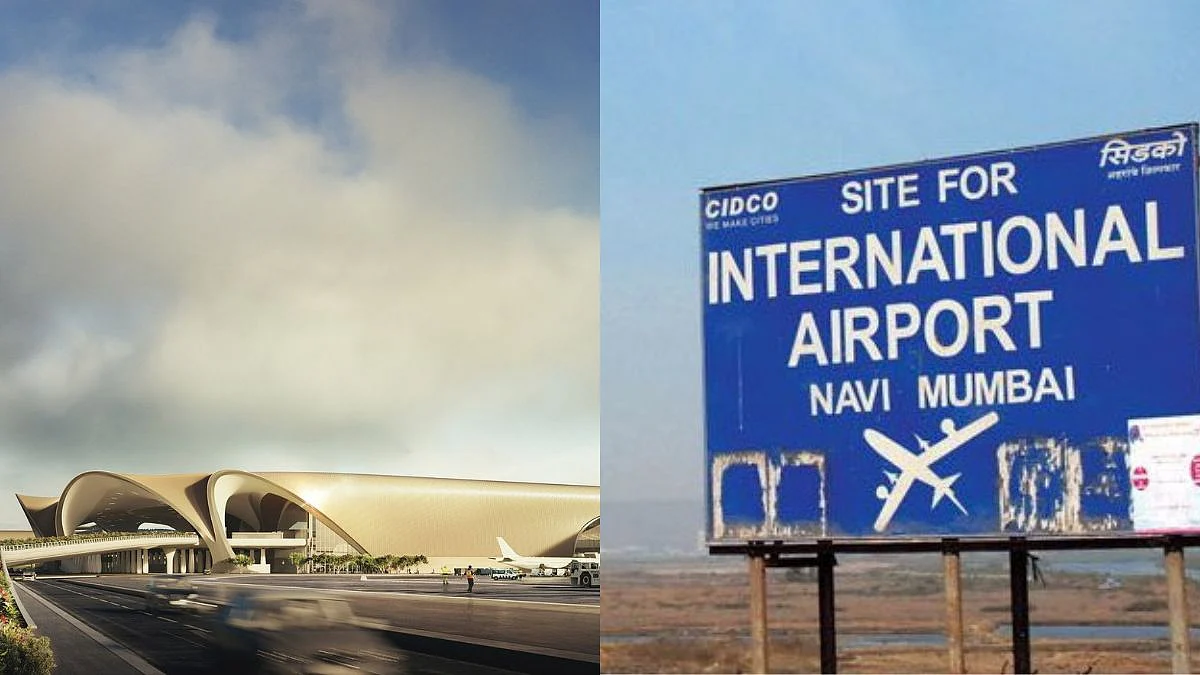
“We are heartened by the volume and quality of engagement we are receiving from the residents. The fact that nearly half of the calls are about the survey process shows that people are informed, interested, and eager to participate in the transformation. We remain committed to a transparent, people-first redevelopment effort that keeps communication open at every stage. This is a ‘housing for all’ project,” a DRP official said.
The toll-free helpline continues to serve as a vital two-way communication channel, ensuring that residents are heard, their doubts addressed, and their concerns recorded.
The DRP is among the largest and the most inclusive urban renewal initiatives in the world, aiming to uplift over 10 lakh residents through well-planned housing, infrastructure, and community services without displacing the social and economic fabric of the area.
Other queries received on the helpline were requests for a list of documents to complete eligibility verification, timeline expectations, and when new homes will be allotted. There were also inquiries about location, size of new housing units, numbering of upper floors and the recent campaign urging residents to come forward for the survey.
